By Dan SuedbeckROK Golf - Director of Golf I get asked this question more than any other when it comes to people wanting to improve their swing. What are the ideal numbers?My response 9 times out of 10 is... "It depends!" There are a lot of factors that come into play when we are talking about ideal. The first place I start is with a person's goals. Some people have a goal to hit high draws, others are ok with fades, and some just want to get it airborne. Ideal is going to look a lot different for those three players. Then you take a look a person's physical and athletic ability and combine that with their golf history and all of that plays into what ideal will look like. A person with medium athletic and physical abilities that has hit a "power fade" their entire life is unlikely to make a quick shift to hitting draws. Therefore, ideal for them might just be getting their path and face numbers closer to zero and increasing their smash factor a little bit. An athletic player that isn't constrained by any physical limitations that has only been playing golf for a couple of years can move their numbers much faster. Let's break things down a bit though to give you an idea of what you can work towards. I would break things down into a few different categories:
There are additional numbers that Trackman calculates that can be extremely valuable for other aspects of training and knowing your game... we will address those in another blog. Swing Speed & EfficiencyThis category reveals the key metrics behind how far a person can potentially hit a golf ball and if that potential is being reached. The two main factors in maximizing distance are how fast the club is moving when it hits the ball (club speed) and how purely you strike the ball (smash factor). You can have 94 mph club head speed with a 7-iron but if your smash is 1.25 the guy with 85 mph club head speed and 1.40 smash will have higher ball speed and likely better spin meaning the ball with carry further. If you are constantly hitting the ball pure (maximum smash factor), the only way to significantly increase distance (assuming the same equipment) is by increasing club speed. Due to restrictions on how well a golf club and ball can perform, i.e. coefficient of restitution or COR, you are going to max out distance at some point if launch conditions are optimized. So club speed is the one thing that will be the driver behind gaining more distance. What's ideal? This comes down to a couple things, physical strength, flexibility and technique. A limber person that can squat 300 lbs and bench press 250 has more potential than a stiff person who struggles to pickup their 30 lb grandson off the floor. What is lacking in strength and/or flexiblity can often times be made up for in technique. Key Point: Technique is king and will help you get the most out of your swing. The main thing with technique is a thing called kinematic sequencing. This has to do with how a person's body coils and uncoils thus producing speed. The proper uncoiling of the body for maximum speed starts with the lower body releasing or turning towards the target, then torso, then arms, then hands and finally all of that energy is delivered down the club shaft to the head. Look for more info on this in the future. The other part of speed comes down to efficiency. Meaning did we transfer all of the energy from the club to the golf ball. TrackMan's term for this is Smash Factor. Smash Factor is a player's ball speed divided by club head speed. The range here for solidly hit golf balls will vary from the low 1.2's in your wedges up to 1.5 for the driver. The main way to maximize your ball speed is to squarely hit the golf ball in the center of the club face. Just having the ball contact the "sweet spot" is not enough... you must hit the "sweet spot" the right way! Illustration: What hurts more... taking a playful punch from your kiddo square in the chest or a glancing blow on the leg? The shot square in the chest even if the two punches were just at hard! Same with striking a golf ball. If the club is "slicing" across the ball one directon or the other that glancing contact creates energy draining spin instead of speed. The design of the golf club also has an impact on smash factor. Blades, muscle backs, cavity backs, game improvement thin faced, perimeter weighted... all have a maximum. We will post another blog on this later as it is a huge topic in and of itself. The important thing when training at ROK is to understand the maximum for the club you are working with so you are not discouraged. Example: Brian, ROK's founder, practices with two sets of clubs. Srixon Z-745's and Mizuno MP-67's. With a 7 iron he can achieve the same club head speed with both, but with the Srixon's he can get his 7 iron smash up to 1.4. With the Mizuno's he tops out around 1.34. That ends up being about 13 yards of carry difference. Shot shape (draw vs. fade) also influences smash factor. A draw club path and face angle has the potential for higher Smash Factor over a fade swing because the club is de-lofted and the ball is "trapped" with a draw swing. Lastly, it is critical to understand how a golf club is designed to strike a golf ball. Irons, for instance, need forward shaft lean in order for the ball impact the center of the club. If the shaft is vertical at impact (talking to you flippers) the ball strikes the club low on the face and will never achieve maximum smash. However if that shaft is forward a few degrees you will notice that the ball strikes the center of the face. Key Point: Swing as fast as you can while still maintaining solid contact in the middle of the face. Lateral curveFrom an instructional standpoint this area of numbers is where I spend most of my time when working with a student. The big players here are a person's club path and his face angle in relation to that path that will determine where his golf ball ends up flying towards his target or finishes left or right. Ideal here a fairly decent range. This is also where "ideal" comes into play most often. Most golfers strive to hit draws for some reason. Yeah they provide the potential to hit the golf ball a little further which can benefit a lot of golfers. Below is a chart with general ratios of of how the face should be oriented to the club path in order to get a golf ball to end up as close as possible to your target. You'll notice that as a club loses loft the face angle has a bigger influence on where the ball ends up. This is also due to increased ball speed. There are other factors that play into these ratios, like swing plane, attack angle and swing direction, but they are a good starting point for most. Note that these are ratios and work for both draws and fades and work in opposite directions. For example if your path is to the right you need a Face-to-Path to the left.
Below are graphics of shots hit with a pitching wedge, 6 iron and driver that ended up pretty close to the target line. Key Point: Determine a shot shape you desire to play and work towards getting the appropriate ratio of path and face angle. Not everyone needs to hit draws and hitting it straight is very hard! Launch conditionsHow a player launches the ball tells a story of how he/she is delivering the club into impact. The consistency of a players attack angle and club path are two of the biggest factors I see that differentiate a good player from an average one. Due to a good player delivering the club consistently they are consistently hitting a similar shot pattern through a similar apex window. The big thing that happens when you launch the ball consistently is you are better able to control your distance. In a lot of golfers that I work with I see much greater variability in a players distance control then I see in misses left-to-right. So what influences launch? The biggest influence on launch is what TrackMan calls Dynamic Loft. Typically what we look for in Dynamic Loft with irons is a number that is a little less the static loft of the club - Attack Angle. For example the numbers below are from some 8-irons I hit. The static loft of my 8 iron is 36 degrees, subtract 6.5 for a negative attack angle, and you are left with 29.5. My path being in-to-out with a closed face and a forward shaft lean account for the remaining 7 degree difference between that number and my average Dynamic Loft of 22.4 degrees. Even golfers that fade the golf ball (open face-to-path) should ideally have a lower Dynamic Loft then Static Loft - Attack Angle. Golfers that have a Dynamic Loft equal to or greater than Static Loft - Attack Angle likely have a poor impact position. This situation tells a story of having minimal if any forward shaft lean at impact. There is likely a casting type action on the downswing which will reduce the ball speed, overall distance and reduce contact quality. The other side of launching the ball ideally comes into play from a clubfitting standpoint. Golfers today are much more aware of what ideal launch conditions should be on a driver. Launch conditions for irons often get overlooked however. The main number that I advise looking at when it comes to iron launch conditions has very little to do with launch and everything to do with Landing Angle, a number that TrackMan calculates. The ideal range from varies from 50 degrees in the wedges down to 45 degrees in the long irons. The reason I focus more on the landing angle then the launch angle and spin rates in irons is because different combinations of launch and spin can lead to an optimal landing angle. With a driver the main thing for the vast majority of golfers is maxing out distance. I like to use the analogy of turning on a garden hose full blast with the goal to spray the water as far as possible. Point it too high or too low and it won't go as far. The ideal ranges for a players launch and spin have a lot to do with club speed, attack angle and ball speed. Below are a couple graphics that show what ideal ranges would be based on those numbers. So as you can see, there is no ideal for everyone! Your numbers will vary significantly based on a number of factors. My advice for you is to find a facility or professional that can give you access to TrackMan and knows the data enough to advise you figuring out what ideal is for you currently and what you can potentially work towards.
17 Comments
6/29/2020 07:22:36 pm
I'm left handed and my club path is -4.8? does this still mean I'm swinging out to the left? or does it flip and mean I'm coming over the top?
Reply
Brian
7/23/2020 02:56:23 pm
Trackman adjusts for right / left. A negative path is always "out to in" regardless of which side you are hitting from.
Reply
Rob
1/24/2021 04:44:52 pm
Negative club path is swinging to the left for a lefty.
Brian
5/7/2021 05:36:54 pm
This is incorrect. Positive and negative values are flipped for left handed golfers.
Matt
7/19/2021 08:17:36 am
Rob, you are correct. Negative value for a lefty would mean the club is swinging to the left.
Jack Casey
7/17/2020 11:55:37 pm
I noticed that for swing speed 95-100 it states that you will get essentially the same distance regardless of angle attack? 95 mph -5 and neutral are the same, and 100 mph neutral +5 are the same total distance? Is that a typo?
Reply
Brian
7/23/2020 02:50:20 pm
See below Jack.
Reply
Brian
7/23/2020 02:54:37 pm
Jack - I assume you are talking about the numbers in the chart.
Reply
Brian
7/23/2020 02:47:37 pm
Jack,
Reply
Owen Lynch
1/11/2021 11:21:02 am
Do you know where one can find optimal numbers for:
Reply
1/13/2021 04:57:32 pm
Owen,
Reply
4/27/2021 06:42:28 pm
This article on trackman numbers and what they mean has helped me a great deal. I recently went to a professional club fitter to have my clubs measured but everything he kept telling me made no sense. This article helped me understand what he was trying to convey to me.
Reply
Karl Kelley
8/17/2021 10:02:36 pm
Swing plane
Reply
Miriam Dalglish
2/6/2022 03:41:35 pm
Swing speed with driver 60 approx why is dynamic loft between 20 to 24! Driver has 11deg loft callaway ladies mavrik
Reply
Robert
8/8/2022 05:34:44 am
Probably you hit the ball really high on the face of the driver.
Reply
Leave a Reply. |
the rok golf teamThe ROK Golf team brings varied experience and qualifications to the golf industry. Our blog will present ideas for discussions from different perspectives. Archives
July 2019
Categories |

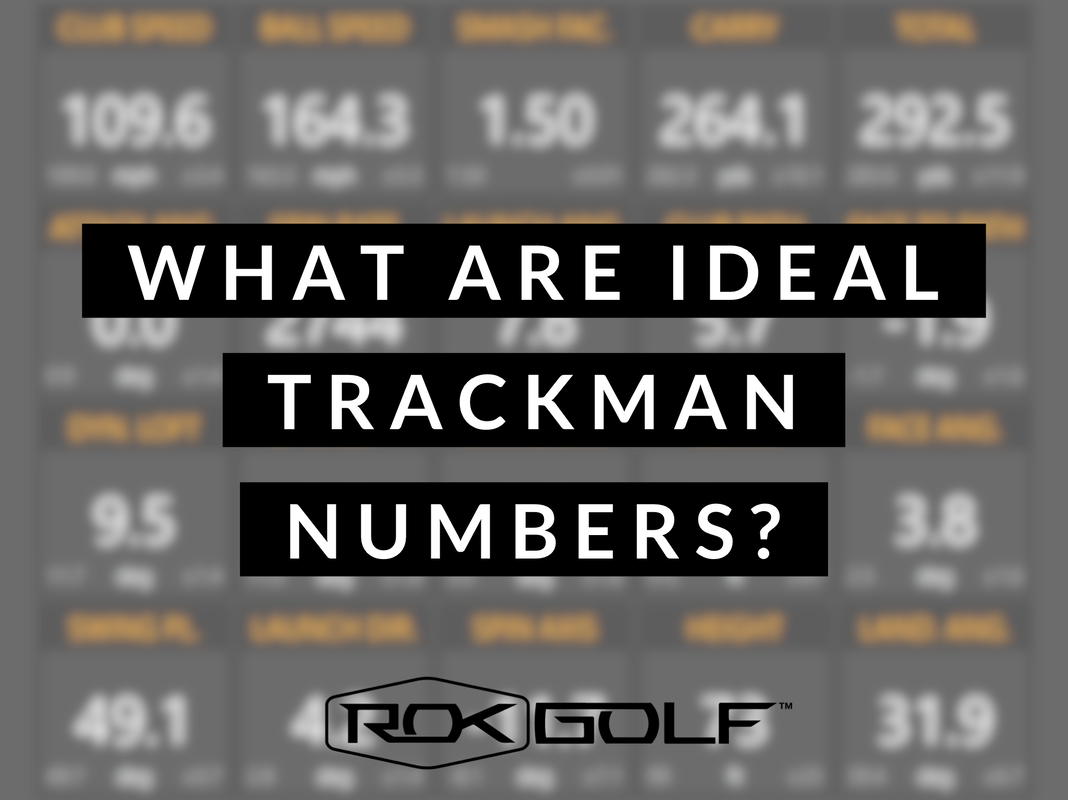
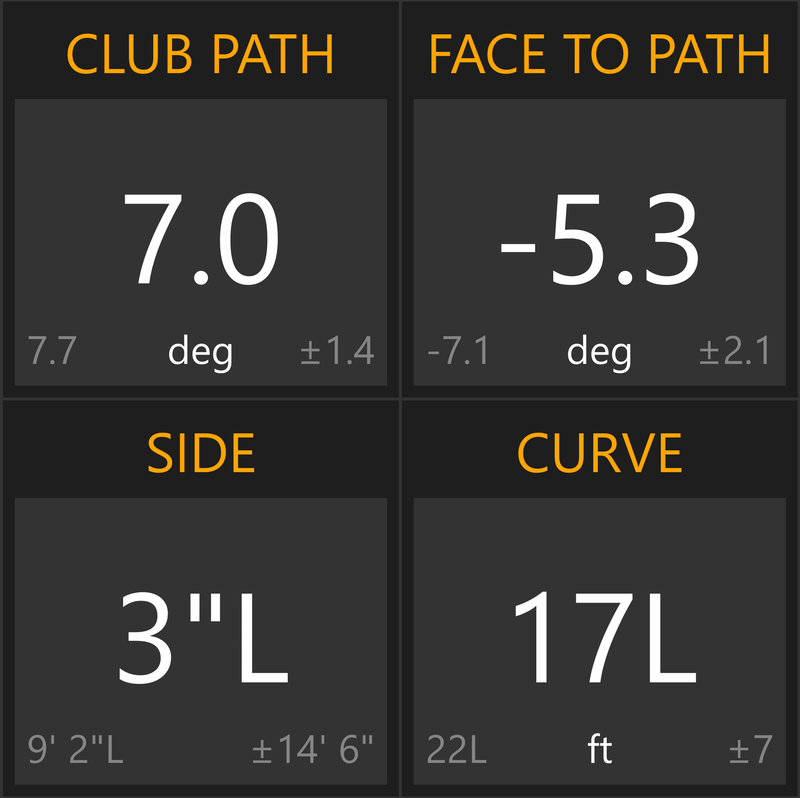
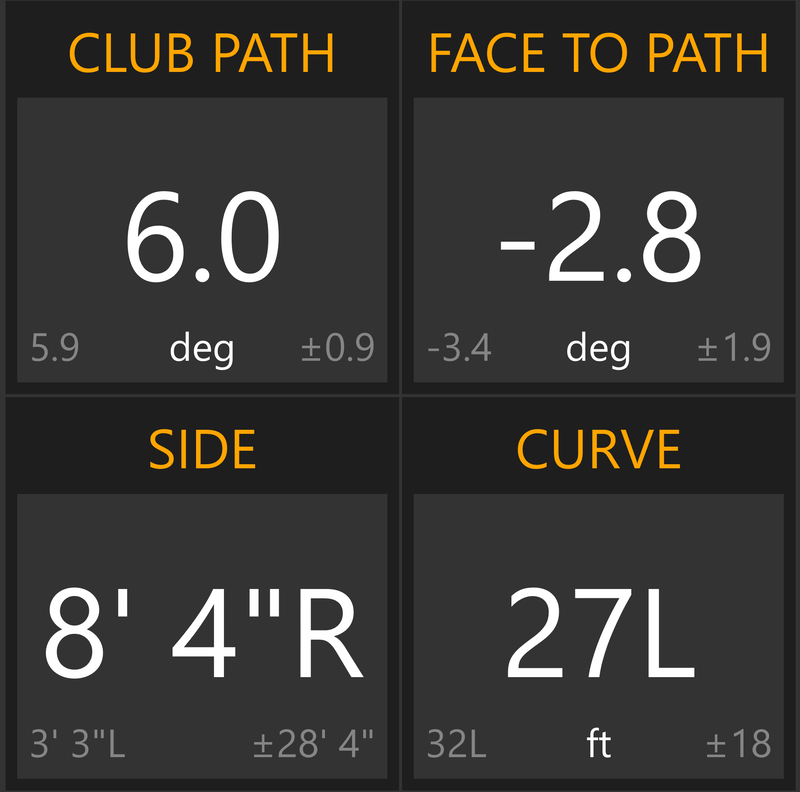
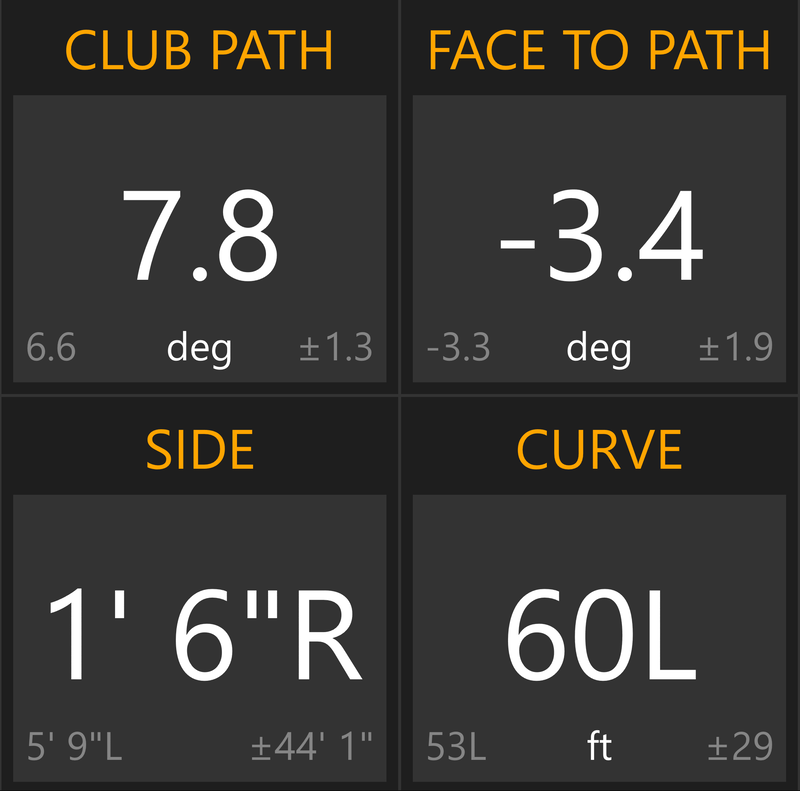
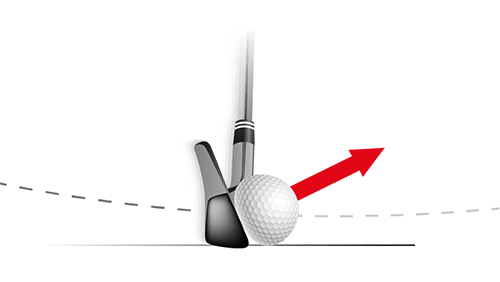
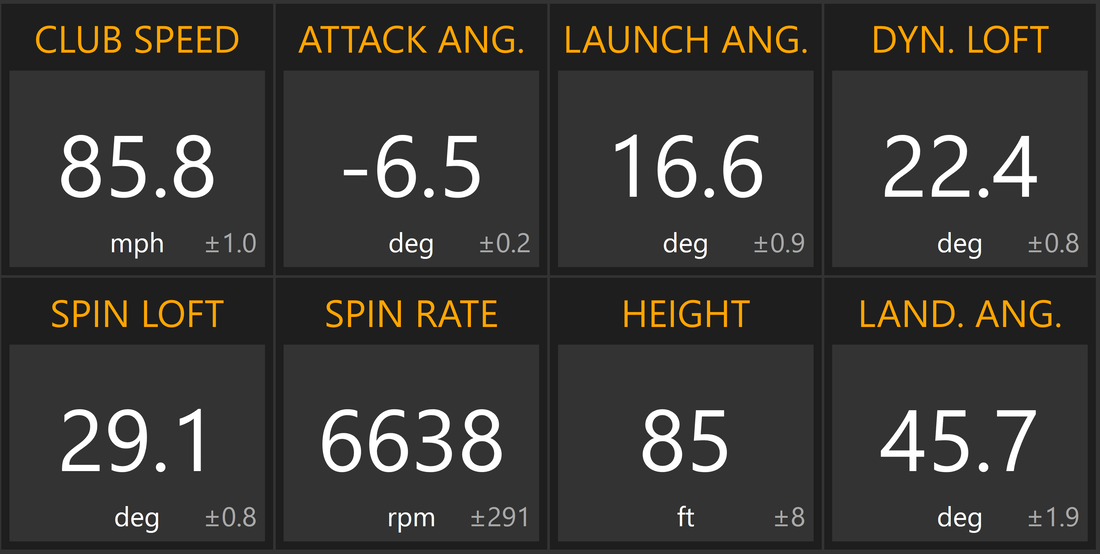
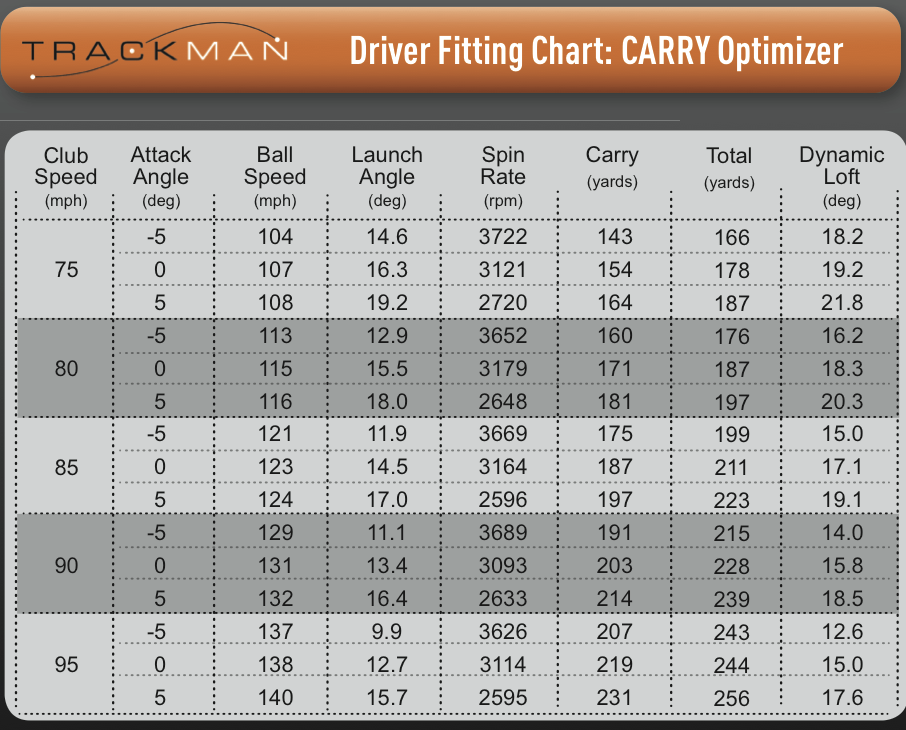
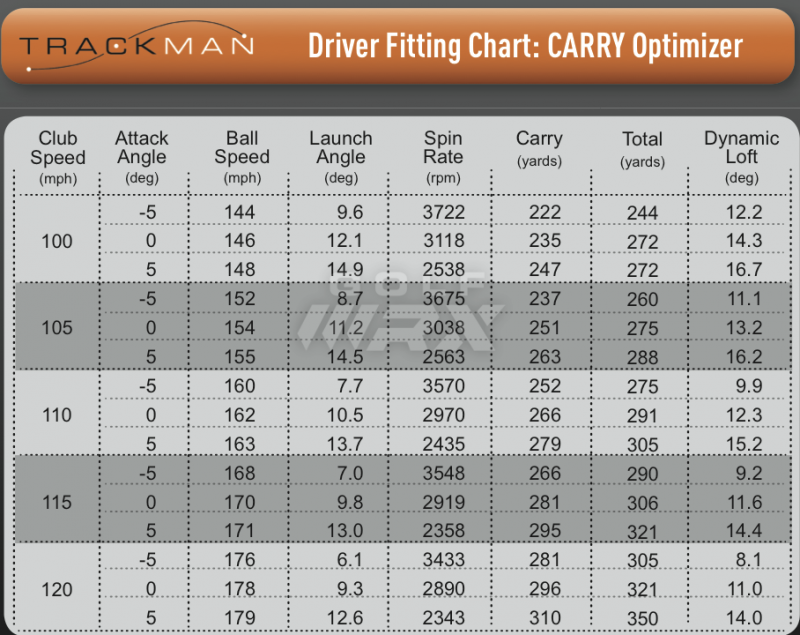
 RSS Feed
RSS Feed